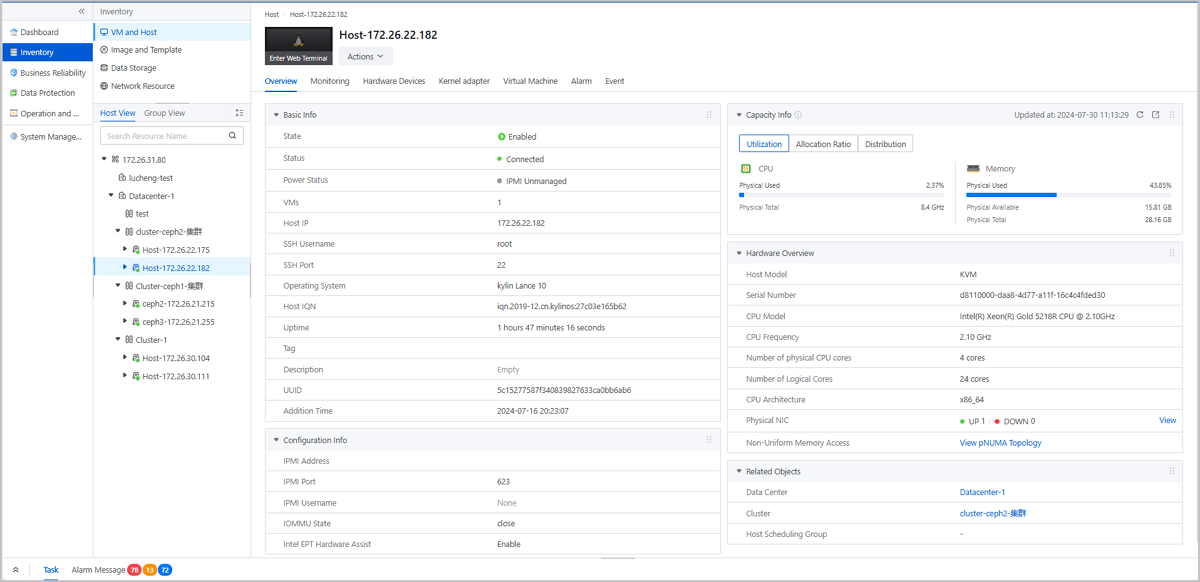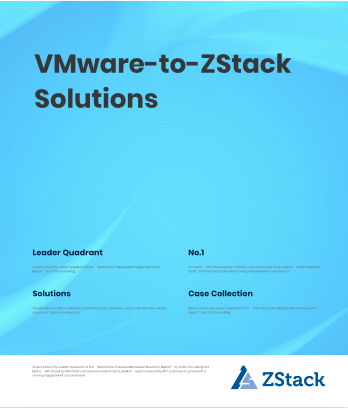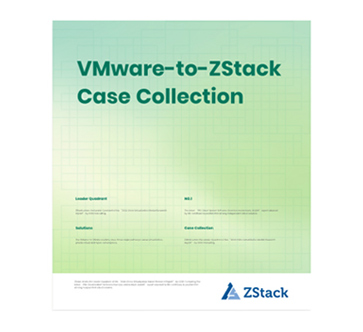The public utility enterprise mainly engages in urban gas business while also involves gas investment, and liquid natural gas and liquefied petroleum gas business. The enterprise performs very well in terms of market value and revenue among urban gas enterprises listed in A share and is one of the pioneers of smart operations in China domestic gas industry. The enterprise leads market players in areas such as security operations and quality service delivery. It sticks with the “Go Out” development strategy and strategically spreads its business network and brand fame across multiple provinces such as Guangdong, Jiangxi, Hunan, Hubei, Jiangxi, Jiangsu, Zhejiang, Anhui, Yunnan, Hebei, Shandong, and Inner Mongolia.
After multiple years of growth and reform, the public utility enterprise has developed an intelligent management network security operation system, intelligent service system, and intelligent manufacturing system. The security operation system combines at its core the geographic information system (GIS), BeiDou navigation satellite system (BDS), data monitoring and collection system, smart phone inspection system, gas volume management system, pipeline integrity management system. The intelligent service system combines at its core a customer service platform, calling system, WeChat service accounts and official accounts, and online offices. The intelligent manufacturing system combines at its core ERP, BI, customer service mobile operation platform, and engineering mobile management platform.
However, after the enterprise put forward the development strategy of upgrading from Intelligent Gas to Smart Gas so as to exert industrial benchmark influences in Smart Gas, it was found that its original IT infrastructure was unable to support their great ambitions:
-
The enterprise had several sets of VMware virtual machines, several hundred hosts, physical server-based system deployments, and some application workloads on public clouds. The IT infrastructure is complex and has multiple information silos, which do not allow centralized management and bring about low O&M efficiencies.
-
Resources could not be isolated based on the business system type. Business systems are displayed on the same interface so that non-authorized applications are visible to application system O&M personnel. When a staff performs O&M operations on a business system, it is very easy for the staff to make mistakes and affect other business systems.
-
New business systems could not be delivered unless the IT admin activates or implements the procurement process. The long process causes slow response to urgent requirements.
-
PaaS, AI, and big data platforms that are to be delivered require much more diversified and huge amounts of IT resources. However, it is very difficult for the original IT infrastructure to meet the scaling capability requirements.
After deep investigations, the enterprise uses ZStack Cloud to deploy a brand-new IT infrastructure and resource pool and manage existing resources in its original VMware environments and Alibaba Cloud public cloud environments. The deployment method helps the enterprise achieve centralized control and O&M and enables the enterprise to allocate virtual resource pools based on business type, thereby improving operational and management efficiencies.
Specific Plan:
Alibaba Cloud Apsara Stack Agility that takes ZStack Cloud as its base is used to construct a hybrid cloud platform that integrates public cloud and private cloud data with resources on the management and control pane.
The distributed compute-storage-separated architecture allows large-scale compute and storage resource scaling based on the requirements. In addition, multiple VMware environments and Alibaba Cloud public cloud platform are managed in a centralized way. Local private cloud environments and Alibaba Cloud public cloud environments are connected via physical connections and resources are shared among the two sides, constructing an efficient and practical cloud computing infrastructure platform.
Solution Architecture:

-
The cloud platform uses double management nodes to ensure the high availability of the platform management services in case of the failure of a management node. In addition, the cloud platform uses distributed storage to construct a shared storage pool and provides the Never Stop feature for VM instances in a bid to ensure the high availability of the business system.
-
The cloud platform manages existing VMware environments and allocates VMware virtual machines to different accounts based on the business type. This way, O&M personnel can use the accounts allocated by the admin to maintain and operate on cloud resources under their management.
-
The hybrid cloud platform connects the Alibaba Cloud public cloud with ZStack Cloud private cloud by using physical connections and manages the resources on the two clouds. Images on the private cloud can be uploaded to the public cloud and the business systems on the private cloud can be quickly deployed on the public cloud to ensure disaster recovery.
-
More time and labor resources to focus on core business of the enterprise
The IT infrastructure and cloud platform that enable centralized management of ZStack Cloud and Alibaba Cloud requires low maintenance costs and short deployment time and has high scalability. These benefits help the enterprise save much more time and labor resources from the construction and maintenance of the traditional IT system and focus more on the core business.
-
Higher resource utilization and green IT infrastructure
The cloud platform has high scalability and allows easy device replacement. It can also bring about higher resource reuse rate. These benefits construct a solution to the problem of IT silos and low resource utilization and can effectively save energy and reduce emissions.
-
Simplified IT resource management and lower O&M cost
The cloud platform allows centralized management of resources and O&M platform. This greatly reduces O&M costs and yield higher profits.
-
Shorter deployment time
The cloud platform requires only one time of IT planning. Once the planning is settled, deployments can be implemented multiple times as needed. This reduces IT planning difficulties and investment risks. In addition, the flexible and efficient scaling mechanism of the cloud platform allows on-demand resource scaling to accommodate business or IT changes.
-
Guaranteed continuity of core business
The HA and hot migration features of the cloud platform can avoid single point of failures in the traditional IT system and ensure the continuity of the core business.









